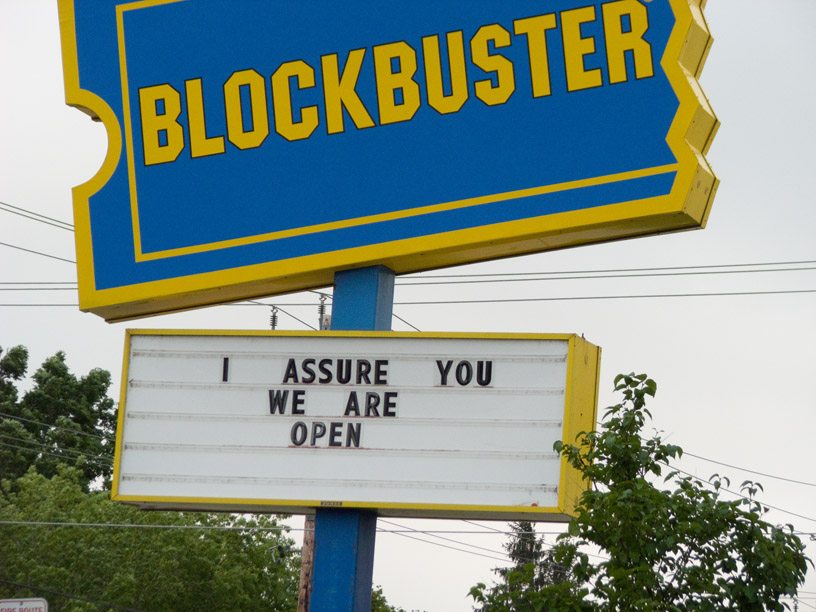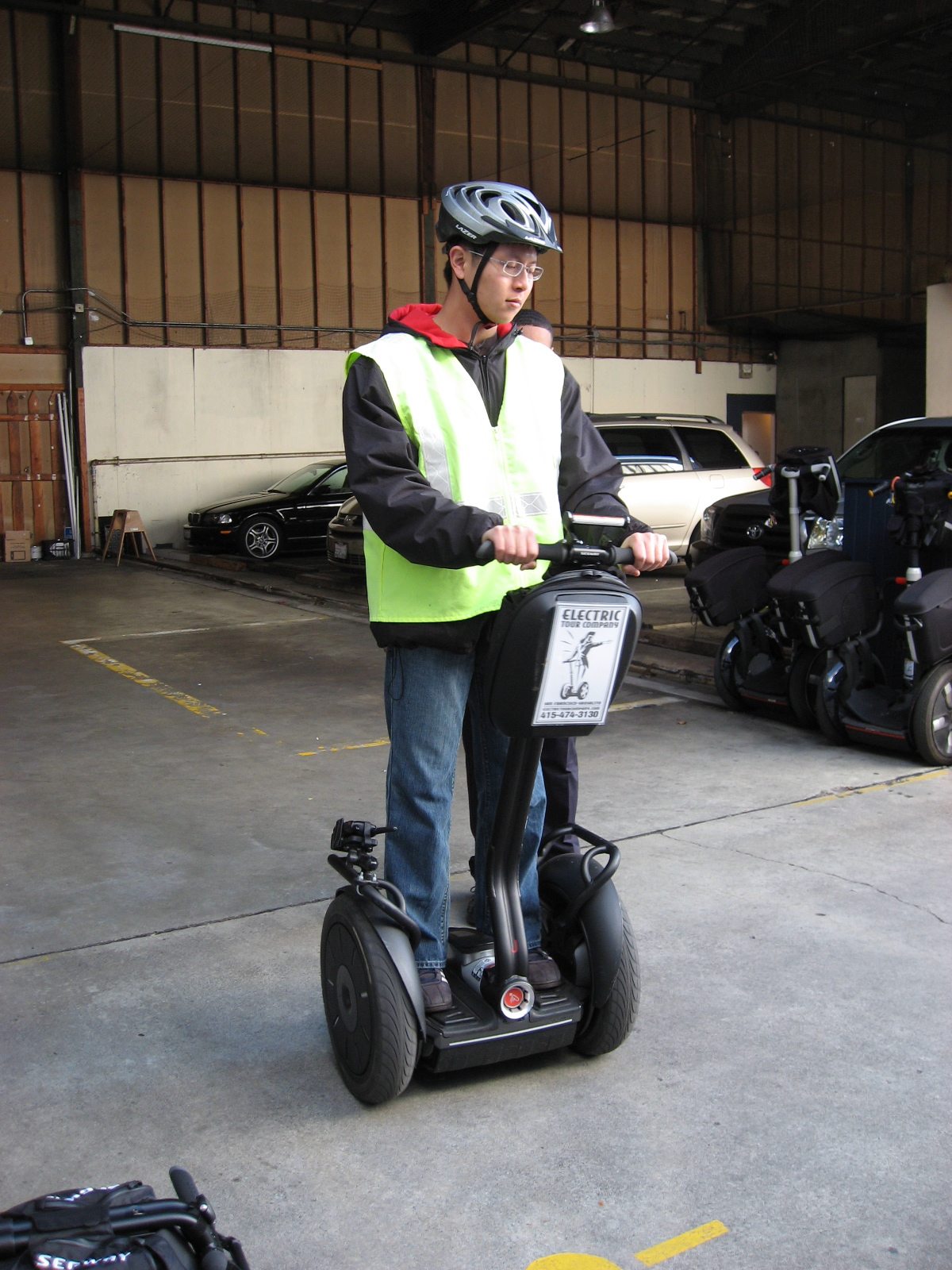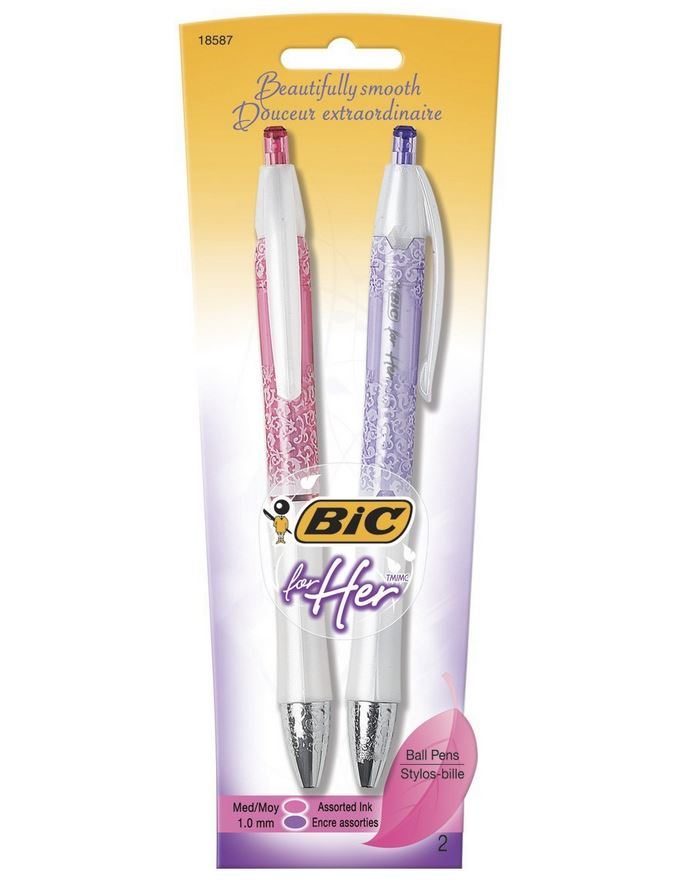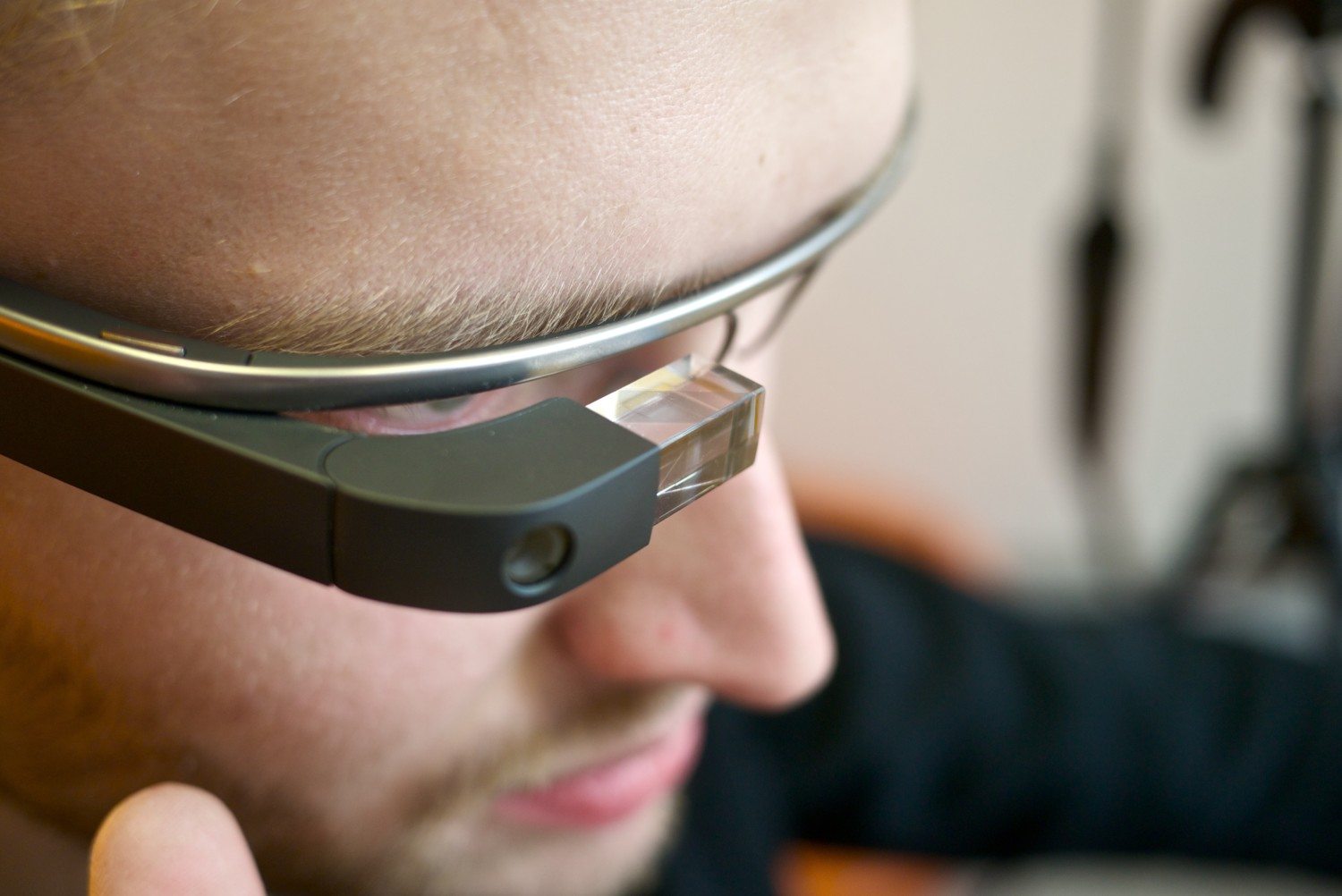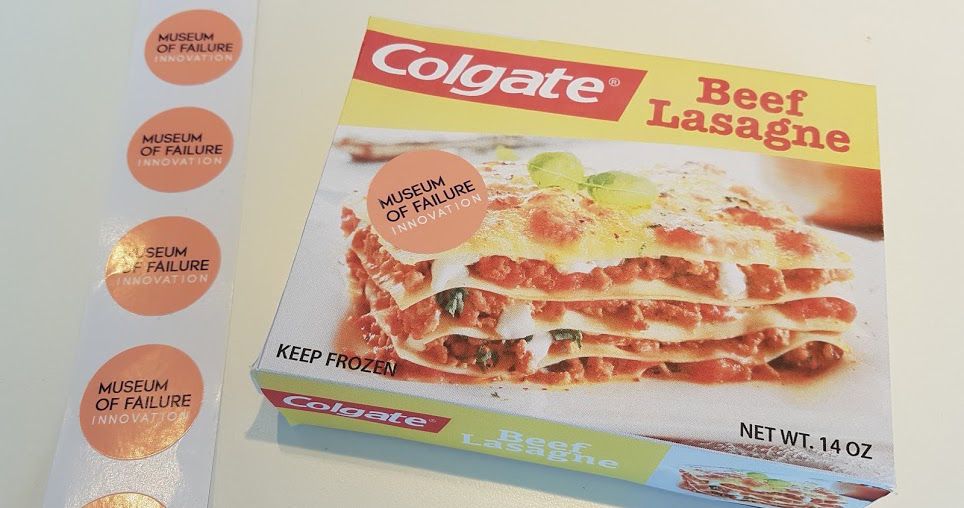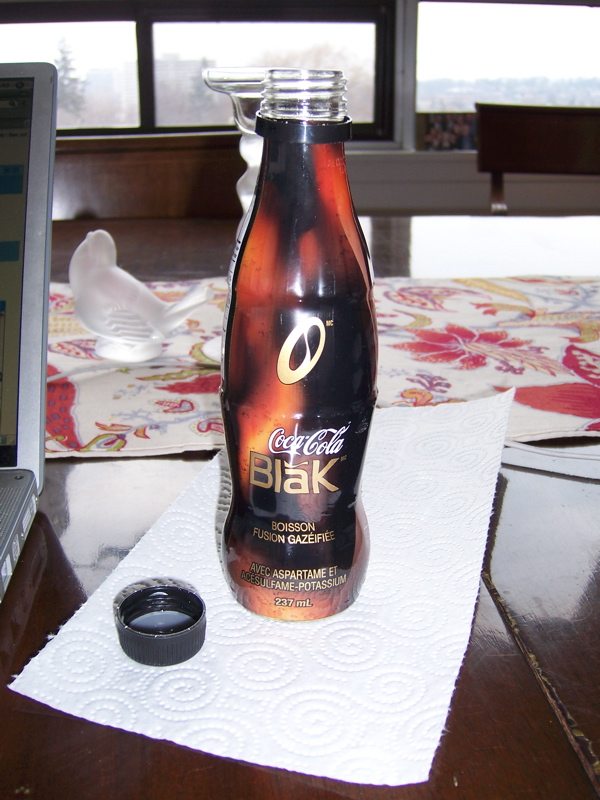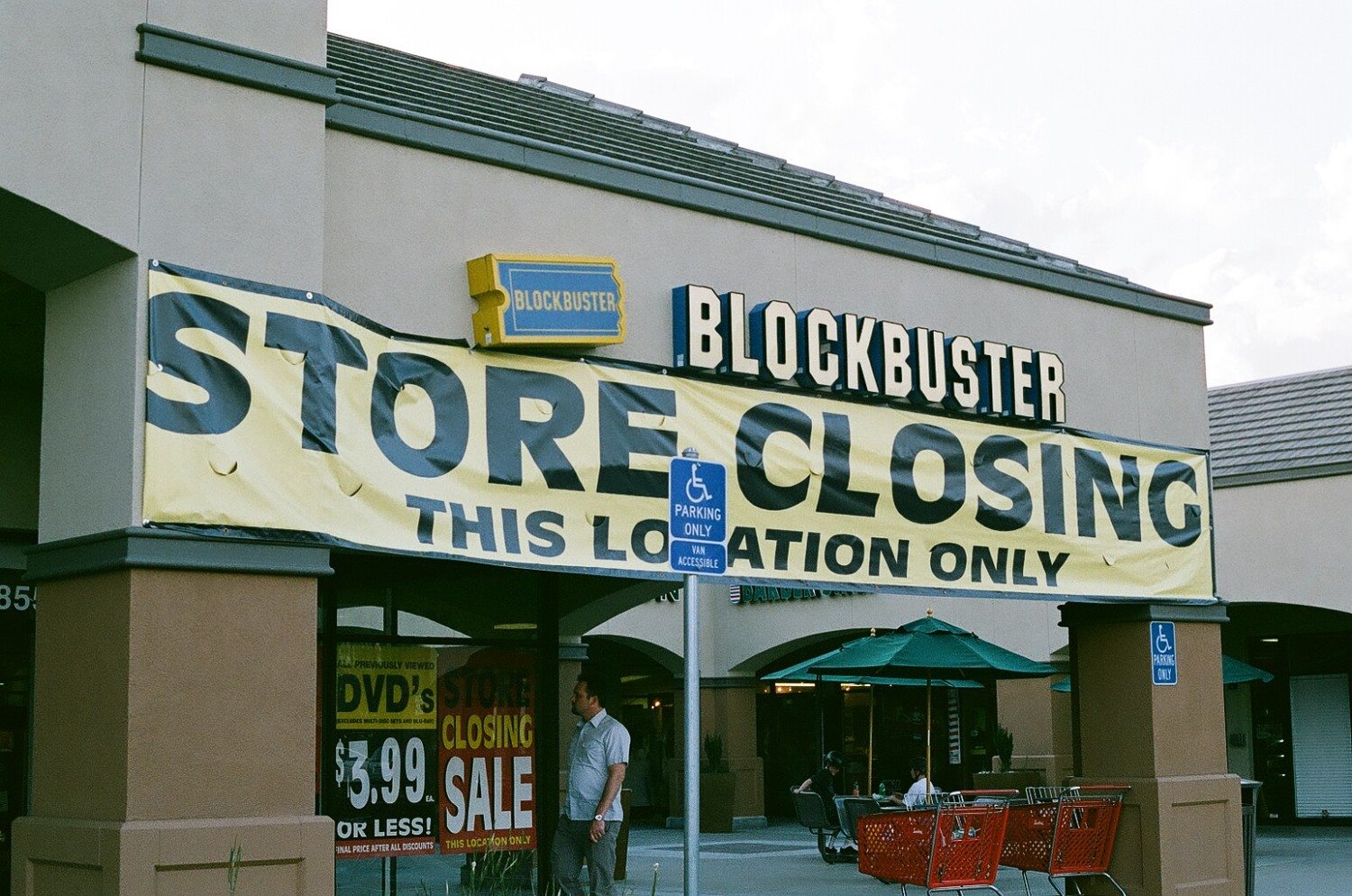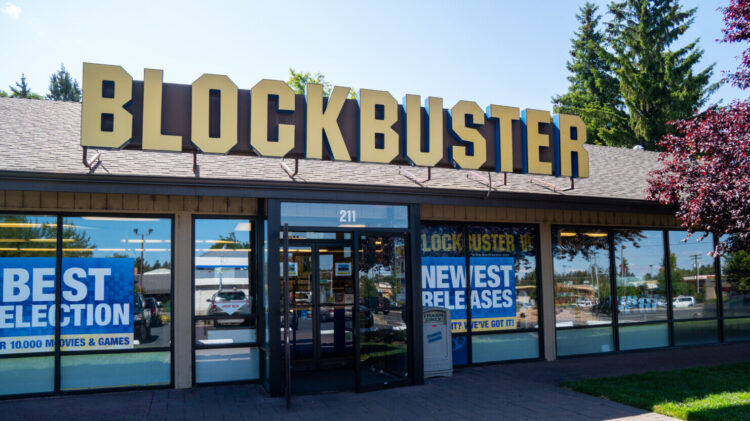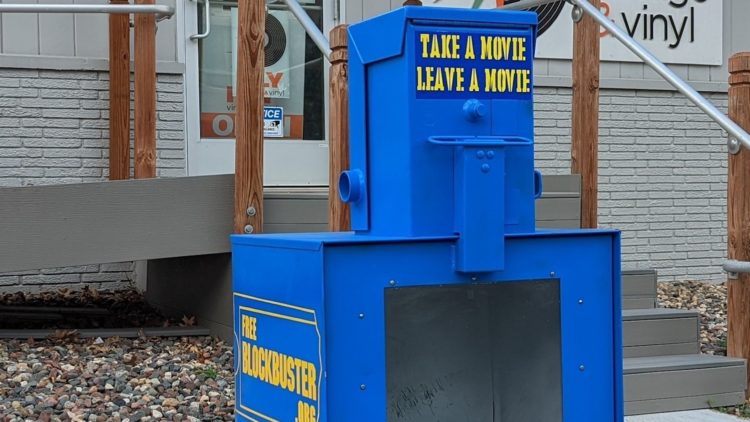The New Museum Of Failure Houses Some Of The Most Fantastic Flops Of All Time
We’ve all had ideas at one time or another that didn’t quite pan out like we had hoped. Lucky for most of us, not many people hear of these moments of grand failure, so our embarrassment is mercifully fleeting—and our “brilliant ideas” are eventually forgotten. But when big companies fail spectacularly, they don’t get off so easily.
In fact, corporation’s fantastic flops might even be preserved forever in Sweden’s new Museum of Failure, where they can be mocked for generations to come. That’s right, there’s an entire museum dedicated to innovations that promised to be “the next big thing” but ended up as complete laughing stocks instead.
Created by Dr. Samuel West, an organizational psychologist, the museum currently has about 60 products and services from around the world. Some you may not recognize, but others are hard to forget. Take for example, Segway‘s line of ridiculous-looking “personal mobility products.” You’re not rushing out to buy one of those, now are you?
Then there’s Bic’s sexist “For Her” pens. Remember those? They’re pink, purple and bejeweled—for ladylike writing! You can still buy them, but again, why would you?
Another exhibit in the Museum of Failure is Google glass, the first mainstream smart glasses. At one time, it was predicted that everybody would be walking around with a bizarre contraption covering their eye, but alas, Google glass never quite made it off the ground (at least for mainstream consumers).
Sure, you can still buy all of those items—but that doesn’t mean they’re not epic failures.
Other items in the museum are no longer for sale. And frankly, it’s easy to see why. Take, for example, Colgate’s (yes, the toothpaste company) frozen beef lasagna. Why, Colgate, why?
Or Coca-Cola’s failed attempt a coffee-flavored drink. Haven’t seen that one on store shelves in a while!
The museum also features products from companies that weren’t failures from the get-go, but found themselves in the land of unwanted items due to changing times—or more specifically, their failure to change with the times.
A prime example? Kodak’s first digital camera, which an enterprising employee pitched to his bosses back in 1975. The big wigs rejected the idea because they didn’t want to cannibalize film sales. We all know how that worked out for Kodak.
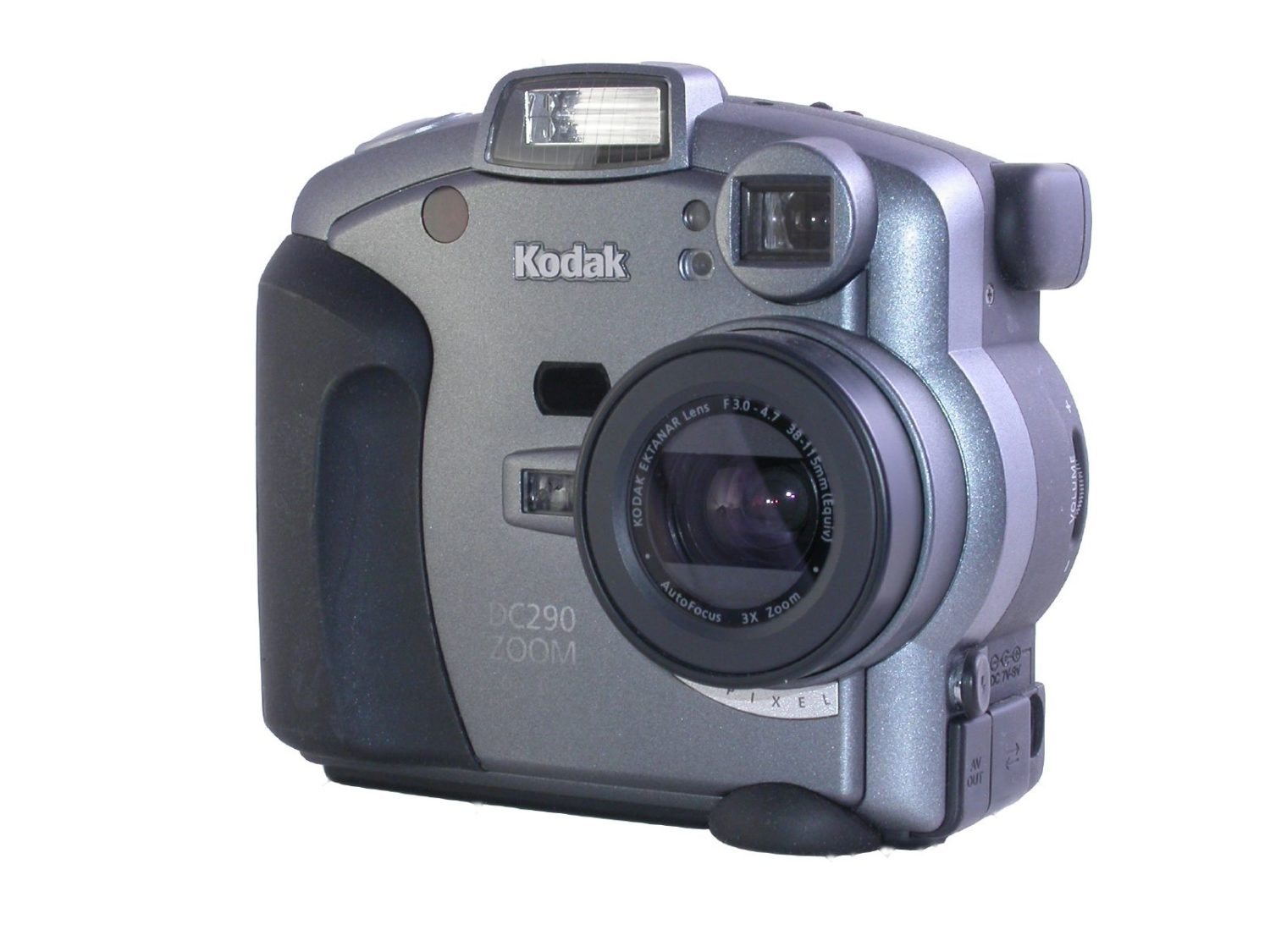
And then there’s one of the saddest examples of all: Blockbuster. The video rental company’s failure to adapt to streaming services like Netflix lead to the chain’s ultimate demise. There’s a Blockbuster DVD case displayed in the Museum of Failure.
A pop-up version of the Museum of Failure museum is currently on tour and will be in Miami in December 2017. The full Museum of Failure is set to open in Helsingborg, Sweden, in June.
Of course, the Museum of Failure isn’t just about getting a chuckle at the expense of products that have tried and failed. As West explained in a video posted this month, there are important lessons to be learned from failures.
“The purpose of the museum is to show that innovation requires failure,” he said. “If you are afraid of failure, then we can’t innovate.”
Learn more about this unique museum and the failed products on display in the video below:
[arve url=”https://www.youtube.com/embed/eBtXNPy3hic”/]


